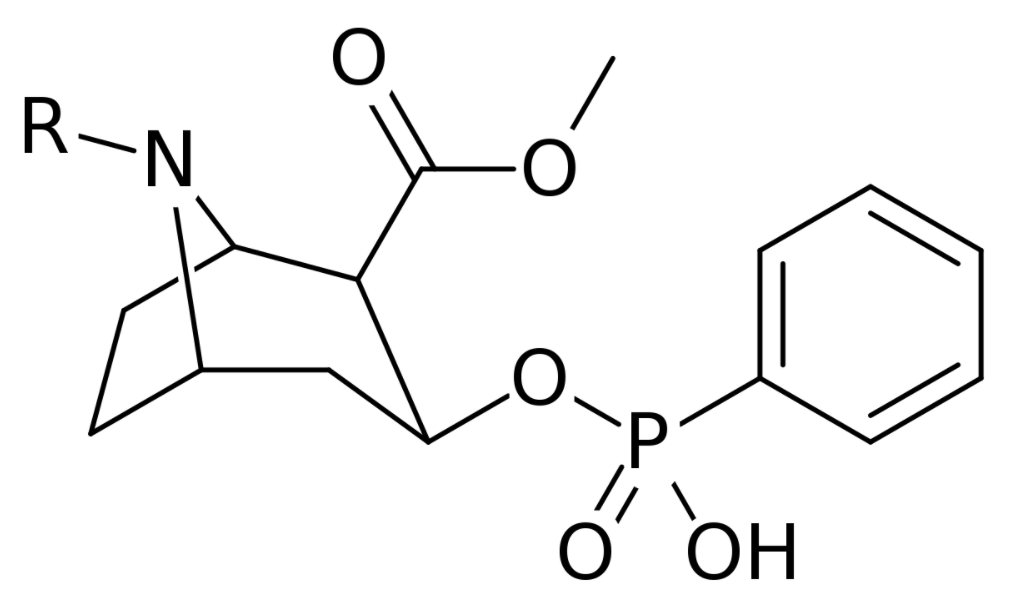Playlist
Show Playlist
Hide Playlist
Local Anesthetics – Analgesics, Case Reports and Obstetrical Pain
-
16 -Analgesics case reports and obstetrical pain.pdf
-
Download Lecture Overview
00:00 Local anesthetics are used as an adjunct to opiates. Either by way of Neuraxial analgesia, or by epidural for instance, or by subarachnoid block as in a spinal. They produce loss of sensation, muscle weakness and hypotension. 00:19 And they can't be used long term because, if you're using local anesthetics to control your pain, you lose muscle activity and motor activity, as well as the pain. So they're used really just as a test to see if you can get rid of the pain rather than a treatment. Nerve blocks. There's probably 50 different nerve blocks, which are done by anesthesiologists and block clinics to reduce pain. Some of them work quite well. None of these blocks produce permanent relief, but they can produce temporary relief in some situations. 00:55 And permanently relieve the pain in some situations and we don't know why! So, most of the time it's a temporary loss of pain. In a rare situation, the pain goes away and never comes back, we have no idea why that happens. These drugs can be delivered in every mode you can imagine. From oral, rectal, intramuscularly, intravenously, neuraxialy as I've mentioned, transcutaneously, epidural infusions, neuromodulation, there's all kinds of ways of treating this kind of pain.
About the Lecture
The lecture Local Anesthetics – Analgesics, Case Reports and Obstetrical Pain by Brian Warriner, MD, FRCPC is from the course Anesthesia.
Included Quiz Questions
Why are local anesthetics contraindicated for long-term relief of pain?
- Muscle and motor activity loss
- Postural hypotension
- Hallucinations
- Constipation
- Euphoria
Which of the following drugs may be administered through a transcutaneous patch?
- Fentanyl
- Sumatriptan
- Ketamine
- Propofol
- Ketorolac
Customer reviews
5,0 of 5 stars
| 5 Stars |
|
5 |
| 4 Stars |
|
0 |
| 3 Stars |
|
0 |
| 2 Stars |
|
0 |
| 1 Star |
|
0 |




